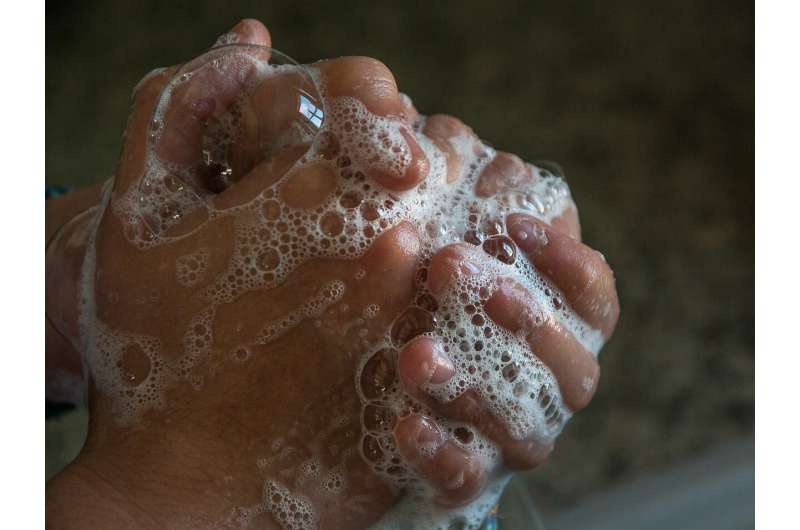To prevent drug-resistant infections in hospitals, start with washing your hands

This week, the Centers for Disease Control and Prevention released a report that underscores the threat of antibiotic resistance in the U.S., where more than 2.8 million antibiotic-resistant infections occur each year and more than 35,000 people die as a result.
The report lists 18 antibiotic-resistant bacteria and fungi, divided into three categories based on level of concern to human health—urgent, serious and concerning.
Vancomycin-resistant enterococci and methicillin-resistant staphylococcus aureus, pathogens that occur mostly in health care settings, are two of the drug-resistant bacteria classified as a "serious threat" in the report.
Gonzalo Bearman, M.D., chair of the Division of Infectious Diseases at the Virginia Commonwealth University School of Medicine and the Richard P. Wenzel Professor of Medicine, talked with VCU News about his recent paper, which found that strict adherence to hand washing and other infection-control guidelines result in decreased rates of drug-resistant infections in health care settings.
The paper was recognized as the "most influential paper in infection control in America" in 2019 by The Society for Healthcare Epidemiology of America.
Can you give an overview of the paper and its findings?
In the paper, we observed that isolating patients (contact isolation) with bacteria such as vancomycin-resistant enterococci and methicillin-resistant staph aureus provided no significant benefit atop a strong infection prevention program.
Essentially, if we do the things that we are supposed to do in the name of patient safety with reliability, audits and feedback, this results in better infection prevention outcomes.
What are some of those prevention methods?
The top infection prevention priorities are proper hand hygiene, the use of safety checklists and safety time-outs, chlorhexidine patient bathing to remove the number of bacteria living on a surface, the appropriate maintenance of invasive devices while in use, and prompt removal of invasive devices when no longer necessary, like catheters for example.
The paper found that when these measures are done with reliability, all health care associated infection decreased.
What does this mean for patients?
When drug-resistant infections occur, like VRE and MRSA, patients are often required to be isolated to prevent the spread of the infection. However, contact isolation is associated with a few negative outcomes like patient depression, decreased doctor-patient interaction and more medical errors.
This study is potentially practice changing because it means that we isolate fewer patients at VCU Health. With less isolation, patients get higher quality health care with fewer adverse effects.
What does the future of infection prevention look like for hospitals?
Implementation with reliability is the next frontier. Infection prevention should be focused on the implementation of high-value interventions that maximize patient safety with minimal interruption in health care worker workflow.


















